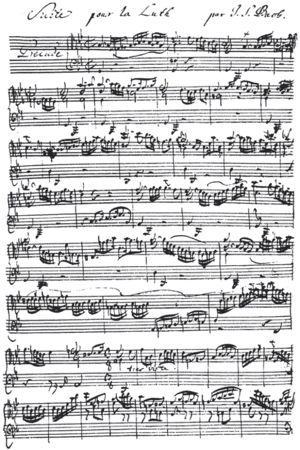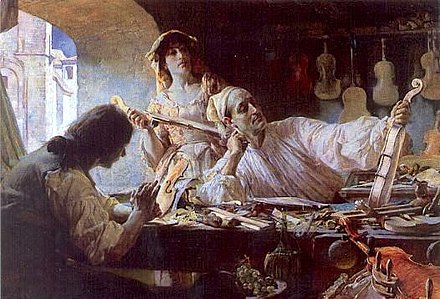

La música clásica se refiere generalmente a la música artística del mundo occidental , considerada distinta de la música folclórica occidental olas tradiciones musicales populares . A veces se la distingue como música clásica occidental , ya que el término "música clásica" también se puede aplicar a las músicas artísticas no occidentales . La música clásica a menudo se caracteriza por la formalidad y la complejidad en su forma musical y organización armónica , particularmente con el uso de la polifonía . Desde al menos el siglo IX ha sido principalmente una tradición escrita, que generó un sistema de notación sofisticado , así como literatura acompañante en prácticas analíticas , críticas , historiográficas , musicológicas y filosóficas . Un componente fundamental de la cultura occidental , la música clásica se ve con frecuencia desde la perspectiva de compositores individuales o grupos de, cuyas composiciones, personalidades y creencias han dado forma fundamental a su historia. ( Artículo completo... )







.jpg/440px-Benjamin_Britten,_London_Records_1968_publicity_photo_for_Wikipedia_(restored).jpg)









Los siguientes proyectos hermanos de la Fundación Wikimedia proporcionan más información sobre este tema: